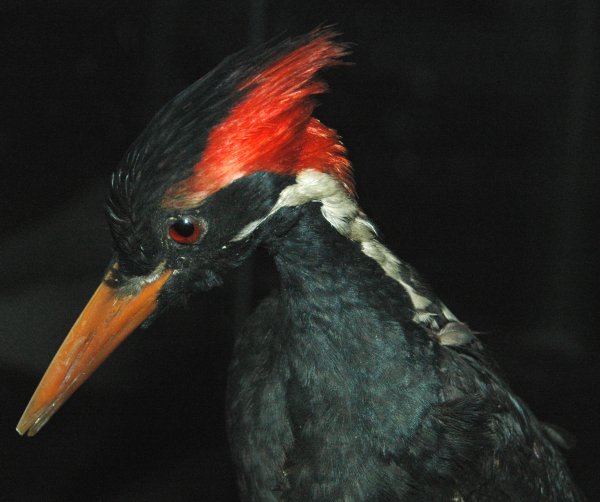23 More Species Have Been Declared Extinct Due To Human Impact
Tags: opinion

The new mass extinction is on the way as it claims the lives of 23 species that include eight types of mussels, eleven species of birds, two species of fish, a bat, and a mint plant.
Experts at the USFWA (US Fish and Wildlife Services) made a proposition to remove 23 species from the ESA or the Endangered Species Act. These species of life were deemed to be extinct.
Read: NEARLY 300.000 CIGARETTE BUTTS COLLECTED IN BRUSSELS BY VOLUNTEERS, IN ONLY 3 HOURS
We are in the center of the sixth mass extinction while such news highlights the harsh reality. This is the first time in the history of the planet that the force driving this mass extinction is the activity of a single species, i.e, Homo Sapiens.
Say Goodbye To The Ivory-Billed Woodpecker
The ivory-billed woodpecker is one of the species that was declared extinct and was known for its beautiful plumage and its attractive size. This was the third-largest woodpecker in the world and was iconic of the old forests in the southern part of the US. This bird fell victim to habitat destruction due to intensive logging in the 1800s.
John Fitzgerald was a biologist who wrote a paper in the “Science” journal. He claimed that the bird was rediscovered in Arkansas and declaring its extinction, was premature. He stated that it was impossible to document the disappearance of a species and added that the declaration was itself a death sentence.
When a species is removed from the protection of ESA, the funding shrinks for efforts to manage such habitats. If you cut off conservation efforts it would affect the other species of the same forest. On the other side, if you funnel money into a lost cause, it takes away funds from the species that still have viable populations. They could also be under the pressure of extinction once the funding has been cut off.
Read: THE BEE HAS BEEN DECLARED “THE MOST IMPORTANT LIVING BEING ON THE PLANET”
The New Mass Extinction Has Claimed Several Freshwater Mussels
Approximately 70% of the freshwater mussels are at the risk of extinction and it was not surprising that 8 of the 23 species were mussels.
Even though they provide vital services to the ecosystem, these groups of mollusks are not publicly revered. They are the rivers’ biofilters as they remove bacteria and pollution from the water. They also provide a source of nutrition to major river animals.
The health of these freshwater mussels indicates the poor health of the rivers in the US. The massive dam systems have been devastating, as they were designed to halt the moving waters. The allows the sediments to drop to the bottom of the water which buries the mussel beds.
Mussels depend on fish to travel upstream but these large structures make bottleneck this type of movement and make it harder for the mussels to make new beds.
Other Mass Extinction Events
Extinction is a natural phenomenon on the planet. A species disappears and another takes its place after evolution. The “background” rate is around one species per hundred years but sometimes this loss outpaces the evolution of the newer species.
Biologists are still debating about the scale of the sixth mass extinction but the current estimates show us that current losses are approximately 100-1,000 times higher than the general background rates.
Image credit: Flickr/James St. John
Leave Comment: